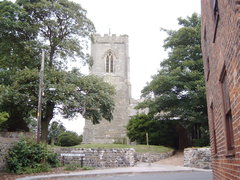 The English landscape is replete with heritage assets and it is a central objective of the planning system to ensure their preservation. However, as a High Court case showed, that aim has to be balanced against the pressing need for more new homes.
The English landscape is replete with heritage assets and it is a central objective of the planning system to ensure their preservation. However, as a High Court case showed, that aim has to be balanced against the pressing need for more new homes.
The case concerned a proposal to build 400 homes and associated facilities on the edge of a historic town. A heritage impact report acknowledged that the scheme would result in a slight reduction in some longer distance views of a nearby medieval church and its tower, a landmark visible for miles around. However, it went on to note that the church’s setting was already severely compromised by modern housing constructed around it and that any further harm caused by the proposal would be very slight.
Historic England had no objection to the proposal, subject to appropriate landscaping and screening measures being taken. The district council granted planning consent on the basis of an officer’s assessment that the scheme would have no significant impact on the church’s setting and that any such concerns were outweighed by the benefit of providing much-needed homes on a site which had been allocated for residential development in the local development plan.
In dismissing the local parish council’s challenge to that decision, the Court found that it was rationally open to the planning officer to conclude, in the exercise of his independent planning judgment, that the church’s wider setting would suffer no material harm. That assessment was largely a matter of aesthetic impression and there was no question of the officer having downplayed the importance of distant views of the church tower.



